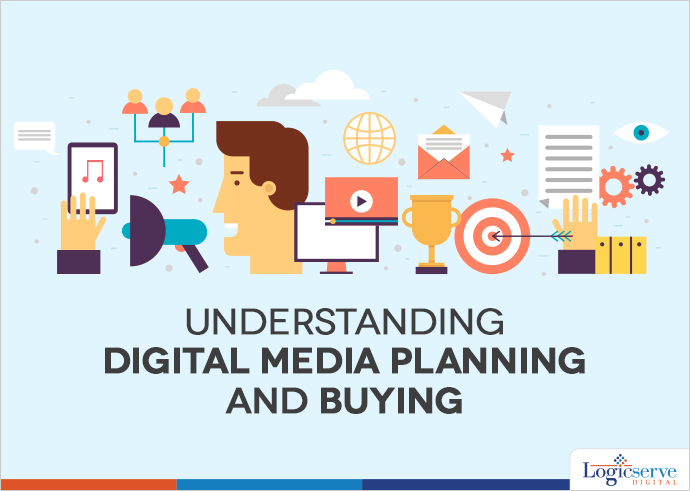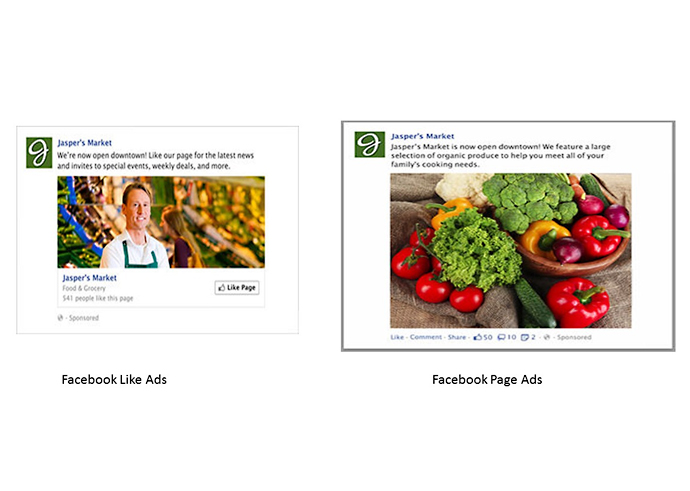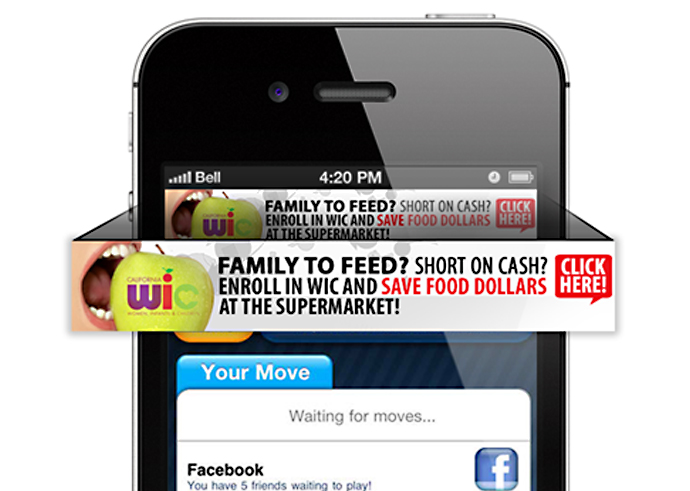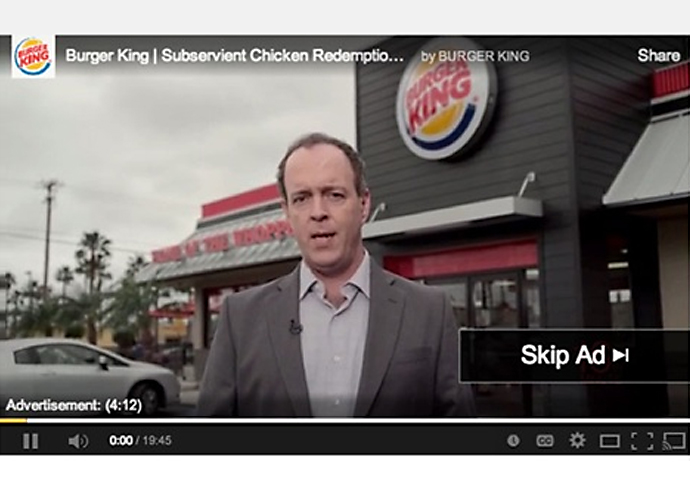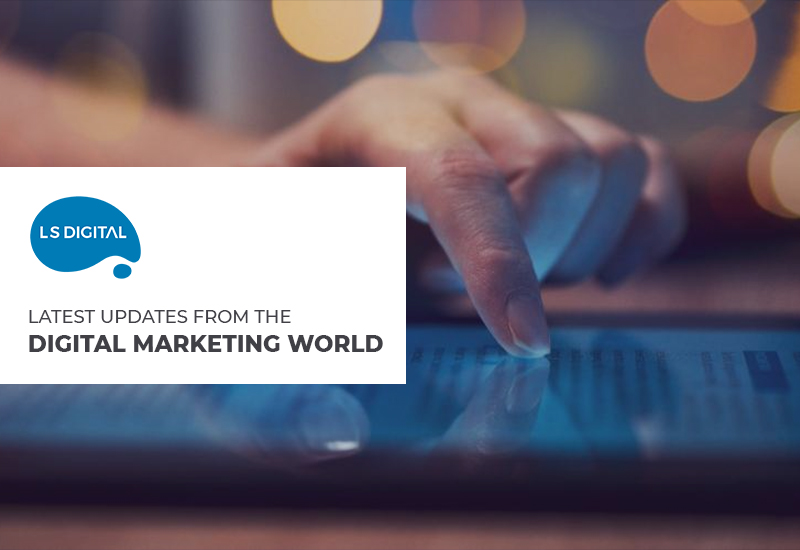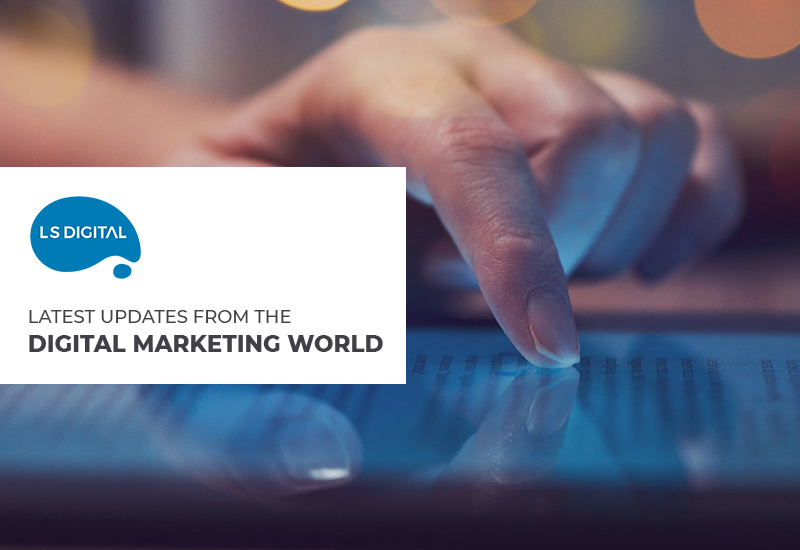Media buying is the process of buying media exposure in form of advertisements to meet certain business objectives such as creating brand awareness or market products and services. Media buying has come a long way from yellow pages to digital pages. Ever since the evolution of online medium, digital media planning and buying has become a full-time profession for many. While media buying is a broader process, this article covers the basic understanding of media planning and buying in the digital domain.
Step-by-step process to Media Planning and Buying:
For any business, small, medium or large, a successful media campaign hinges on two factors: Creativity and relevance of the ads and reaching out to the right audience. Here are some steps to follow when planning media for your brands.
- Identifying the right audience: As a planner, the first question to ask yourself is: Who are you reaching out to? Start by creating a detailed profile of your target audience based on age, gender, demographics, average income, interests etc. Identifying the key traits of your audience is a vital step toward creating a successful ad campaign.
- Research on Target Market: Having identified the audience, the next step should be – understanding the consumer behaviour. What platform is the audience using? What ads will work best on those platforms? How is the consumer engaging with other brands? What are your competitors doing on the platform? This research will provide in-depth analysis of consumer behaviour and help you set your objectives.
- Set the objectives: Unless the above two things are defined, the campaign is destined to fail. As the popular saying goes – Failing to plan is planning to fail. Define a clear objective. Are you planning to create brand awareness? Do you want to generate leads? Setting up clear objectives will help you measure the success of your campaign.
- Comparing different types of ads: Identifying your target audience, their behaviour and brand objectives will give you a clear picture of what ads you want to run. Based on your research, you should be able to determine with ease, what ads (Video, Image or Text) will work best to suit your objective and audience.
- Track and improvise: Once the ad campaign is live, you will have to track it performance regularly. Is the ad reaching out to the correct audience? Is your audience engaging with the ads? At times, you will have to improvise basis your observation. Ask yourself – Is the brand message reaching out to the audience? Is the text copy getting desired clicks? Is the creative attractive enough? If the answer is no, IMPROVISE. Most importantly, keep one eye on the budget and another on the results.
- Analytics and Reports: Understand the metrics that determine a campaign’s success based on measurement such as impressions, clicks, click through rates, conversion rates etc. These analytics will also help you plan your future campaigns more effectively.
Different channels of Digital Media Buying:
A. Social Advertising: A form of media buying via social channels such as Facebook, Twitter, LinkedIn and Instagram. Social Media forms a core strategy of marketing plan for most brands. Naturally, budgets are allotted for media spends on social channels. Here are different types of social advertising.
B. Display Network: Display ads majorly serve the purpose of brand awareness and reinforcement as opposed to lead conversion. These ads can be text, graphical banners, interactive media or video ads displayed alongside native web content. The ads are displayed to the pre-determined target audience visiting the website.
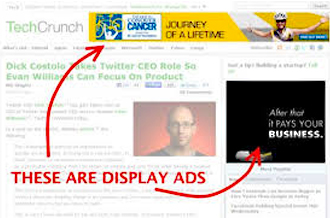 C. Search Engine Marketing: As the name suggests, these ads aim to increase the brand’s exposure through paid search results. Commonly known as PPC ads, these ads are placed on the top of the search engine results with an objective of generating a call-to-action for interested audience.
C. Search Engine Marketing: As the name suggests, these ads aim to increase the brand’s exposure through paid search results. Commonly known as PPC ads, these ads are placed on the top of the search engine results with an objective of generating a call-to-action for interested audience.
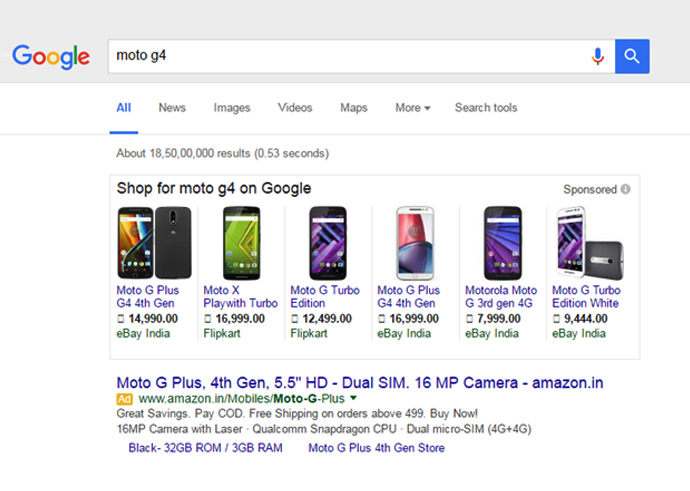 D. Mobile Advertising: Widely gaining popularity, mobile advertising is a digital planner’s new favourite. Mobile ads help brands target location-based audience through multiple ad formats such as mobile banners, in-app ads, video ads, search ads and more.
D. Mobile Advertising: Widely gaining popularity, mobile advertising is a digital planner’s new favourite. Mobile ads help brands target location-based audience through multiple ad formats such as mobile banners, in-app ads, video ads, search ads and more.
E. Video Advertising: A form of video advertising displayed before, during or after a user watches a video. This form of advertising is widely used by brands on YouTube.
So there we have it. Successful online advertising is not only about getting eyeballs and some may also say, “it is not a rocket science.” However, a digital planner requires the skillset to identify the right audience and find the best means to put the message across. This can only be achieved through research, insights and practice.

